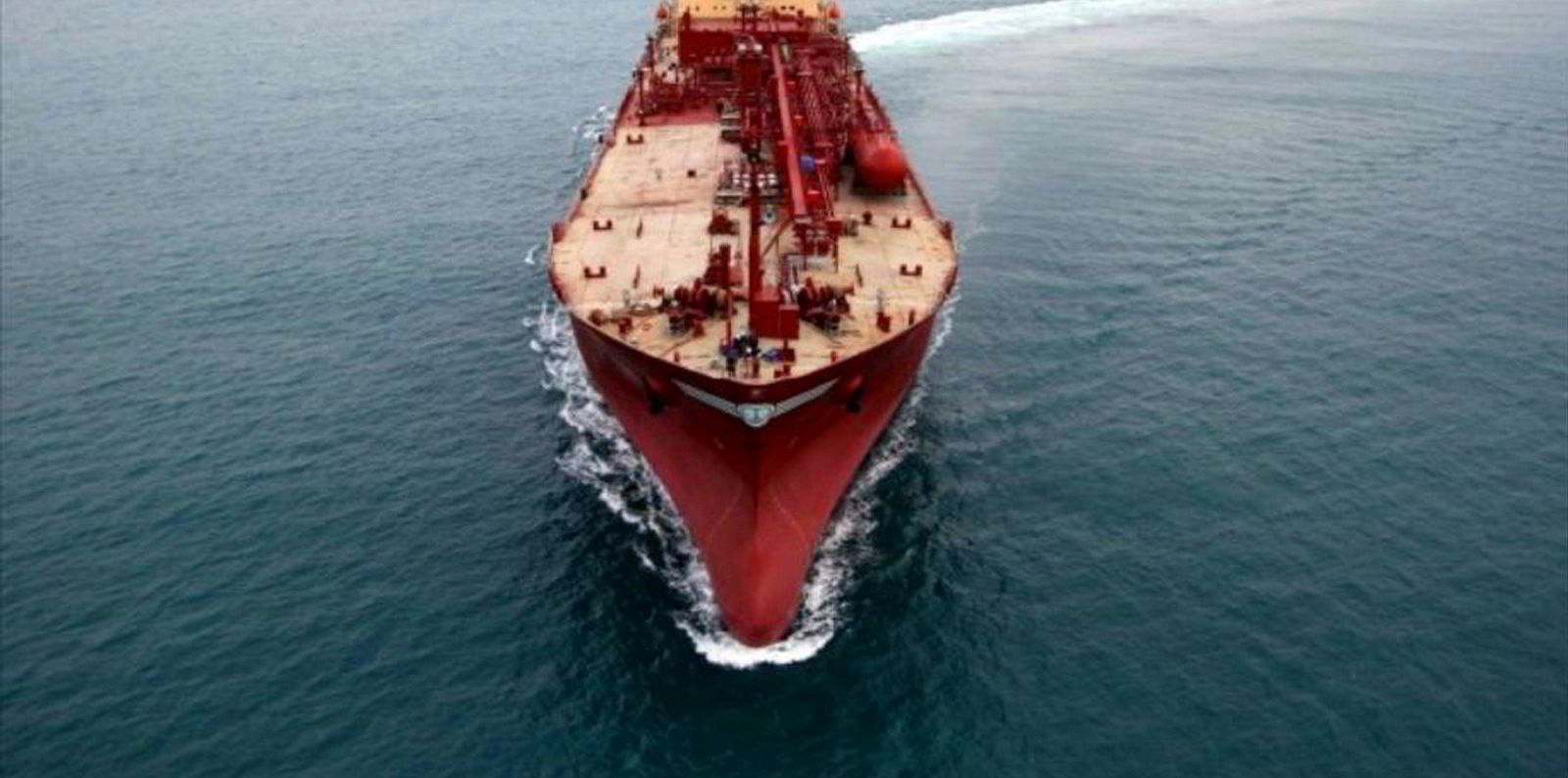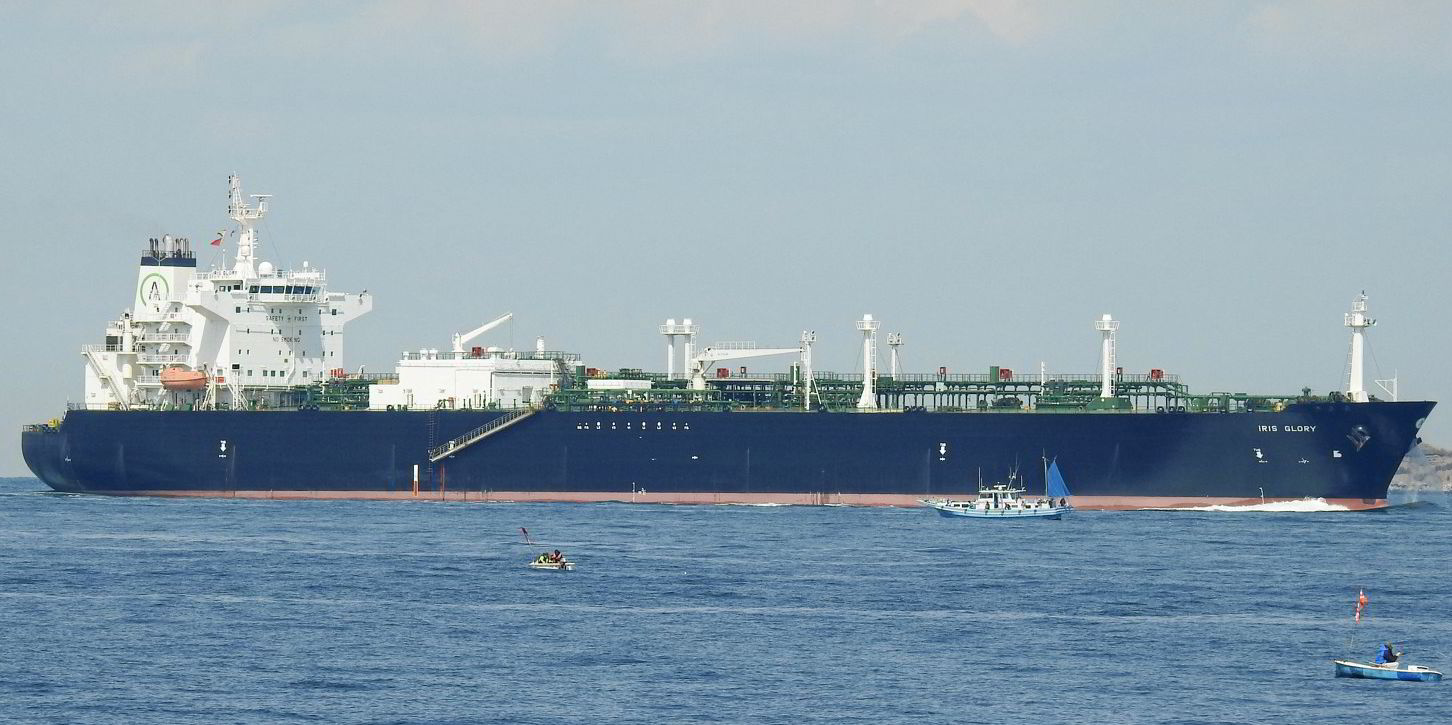Avance Gas is wary of converting its existing VLGC fleet to run on LPG due to cost and efficiency concerns.
The John Fredriksen-backed shipowner has two new 91,000-cbm dual-fuel VLGCs on order at DSME in South Korea for delivery in 2021 and 2022.
But asked by analysts on a conference call whether the company would consider retrofits, chief commercial officer Ben Martin was cautious.
He said the company's new ships have low fuel consumption and a much greener profile than any others currently on the water.
"Our vessels are the best-in-class and come equipped with shaft generators, meaning you don't need to burn fuel oil in the auxiliary engines while sailing, as with both traditional fuel oil-burning ships and retrofit dual fuel vessels," Martin commented.
Martin said the average auxiliary engine will produce around 5,000 tones of CO2 per year, which the dual-fuel newbuildings will not do.
This is the equivalent of removing more than 2,000 cars from roads, assuming journeys of 15,000 km each on an annual basis.
Long-term thinking
"I think for us it's about what is the right thing to do in the long-term," Martin said.
"If we look at the cost, the capital outlay for dual fuel conversion for an LPG ship is around about $10m. So it's not insignificant."
Then there is the 60 to 90 day stay in a yard, as well as the two-year lead time for the work.
"So those things are quite sort of problematic I would say, just as a starting point," Martin said.
"And then, if we think where we're trying to get to, which is an actual greener vessel, they're not fully green because the auxiliary engines are still burning fuel oil," he added.
"So while it might be a step in the right direction, for us it doesn't feel the right investment given that you're only getting a portion of the benefits of a fully dual fuel vessel," Martin said.
Rival BW LPG has been an advocate of retrofitting for VLGCs, and is converting 12 of its ships to run on LPG.
Avance Gas' new ships will cut 99.6% of SOx emissions, 90% of particle pollution, CO2 emissions by 28% and 81% of NOx, the company said.
The shipowner posted a net profit of $2.3m for the quarter ending 30 September, down from $24.7m in the same period of 2019.
Happy with coverage
For the fourth quarter, Avance is estimating a contracted time charter equivalent (TCE) rate of $40,000 per day for 90% of vessel days.
In 2021, the company has coverage of 27% at an average rate of $30,000 a day.
"We're comfortable with our TCE coverage which gives us a decent exposure to the spot market," said Martin.
"And we believe that the spot market will stay strong for certain through Q1. So from our point of view, we have a base risk management with the TCE coverage."






